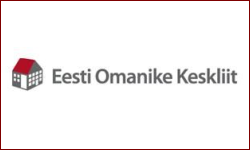 The housing affordability index (HAI) increased to 171.2 in Riga and record high of 134.7 in Vilnius, but decreased to 146.4 in Tallinn.
The housing affordability index (HAI) increased to 171.2 in Riga and record high of 134.7 in Vilnius, but decreased to 146.4 in Tallinn.
- In Tallinn, affordability decreased by 7.3 points in the first quarter of this year compared with the same period in 2016, as price growth was more than double that of wage growth.
- In Riga, the HAI increased by 5 points as a price pickup was compensated for by a continued decrease in interest rates.
- In Vilnius, the HAI rose by 2.4 points because wage growth in capital surpassed 10% and apartment price growth moderated somewhat.
- The time needed to save for a down payment increased by 1 month and 3 weeks in Tallinn and by 1 month and a week in Riga, to 30.2 and 24.7 months, respectively; it decreased by 3 weeks, to 35.1 months, in Vilnius.

The housing affordability index (HAI) is calculated for a family whose income is equal to 1.5 of average net wages with an average-sized apartment of 55 square meters. The HAI is 100 when households use 30% of their net wages for mortgage costs. When the HAI is at least 100, households can afford their housing, according to the established norm. The higher the number, the greater the affordability.













